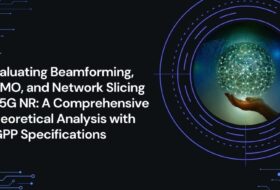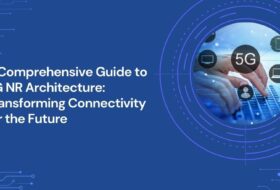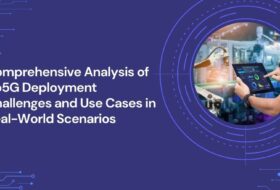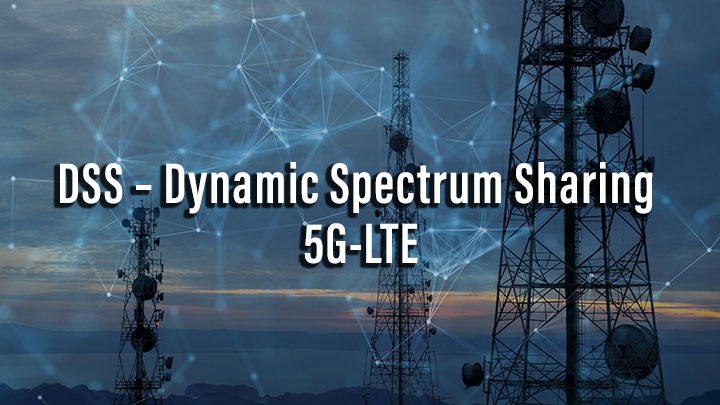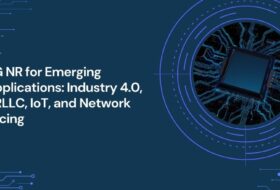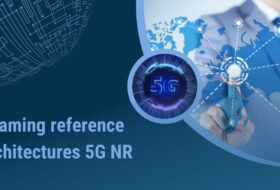Dynamic Spectrum Sharing (DSS) allows operating LTE and NR networks in the same frequency bands.
Dynamic Spectrum Sharing (DSS) is useful to allow operators to perform a soft refarming of the LTE spectrum towards NR. For Dynamic Spectrum Sharing support between LTE and NR in TDD bands.
Some operators do not possess New Radio (NR) spectrum resources at the early stage of 5G deployment. They need to use the existing LTE spectrum resources to deploy 5G networks. Some other operators have dedicated NR spectrum resources, but face the issue of a low spectrum usage due to the few 5G terminals at the early stage. LTE FDD and NR Flash Dynamic Spectrum Sharing allows for the sharing of low-band uplink and downlink spectrum resources between LTE FDD and NR. For operators that do not possess NR spectrum resources, this solution can be used to enable LTE to share the existing LTE spectrum with NR, allowing fast 5G deployment. For operators having dedicated NR spectrum resources, this solution enables NR to share spectrum with LTE, improving the spectrum usage. In this way, solution achieves LTE and NR spectrum sharing in low-frequency bands and enables fast deployment of wide-coverage 5G networks.
Basic Principles
LTE and NR dynamically share spectrum at the millisecond level. Each spectrum resource element can be used by only one RAT at a time.
Typical Scenarios
Dynamic Spectrum Sharing (DSS) allows operating LTE and NR networks in the same frequency bands.
Dynamic Spectrum Sharing (DSS) is useful to allow operators to perform a soft refarming of the LTE spectrum towards NR. For Dynamic Spectrum Sharing support between LTE and NR in TDD bands.
Some operators do not possess New Radio (NR) spectrum resources at the early stage of 5G deployment. They need to use the existing LTE spectrum resources to deploy 5G networks. Some other operators have dedicated NR spectrum resources, but face the issue of a low spectrum usage due to the few 5G terminals at the early stage. LTE FDD and NR Flash Dynamic Spectrum Sharing allows for the sharing of low-band uplink and downlink spectrum resources between LTE FDD and NR. For operators that do not possess NR spectrum resources, this solution can be used to enable LTE to share the existing LTE spectrum with NR, allowing fast 5G deployment. For operators having dedicated NR spectrum resources, this solution enables NR to share spectrum with LTE, improving the spectrum usage. In this way, this solution achieves LTE and NR spectrum sharing in low-frequency bands and enables fast deployment of wide-coverage 5G networks.
Basic principles
LTE and NR dynamically share spectrum at the millisecond level. Each spectrum resource element can be used by only one RAT at a time.
Typical scenarios
- LTE FDD and NR cells work on a 10 MHz, 15 MHz, or 20 MHz bandwidth, and full bandwidth sharing is supported.
Feature of LTE NR DSS
- LTE NR Sharing Ratio between 10% to 60%
- 10,15, and 20 MHz cell bandwidth.
- Slow (several minutes) sharing ratio updates
- TDM based sharing in DL
- Fixed sharing in UL
- Support only in NSA deployment
- UL transmission only over LTE
- Admission Control affected by the sharing ratio.
Downlink Data: LTE/NR carriers are active in the same band based on TDM dynamic sharing.
Uplink: Fixed Sharing Resources based on FDM.
Downlink Resource Sharing in DSS network:
- DL resource sharing is done in TDM on per subframe basis.
- To avoid transmission of LTE signals in subframe dedicated to NR, MBSFN subframes are used (MBSFN) subframes were introduced with MBMS.
- MBSFN subframe does not contain LTE common reference symbols outside PDCCH region.
- MBSFN subframes are always granted to and used by NR.
- As MBSFN subframes are used, from 2 to 6 subframes can be granted to NR
- It corresponds to 20-60% sharing NR to LTE ratio (allocations are done in 10% steps).
- Subframes 0, 4, 5, and 9 are always allocated to LTE
UL Resource sharing:
- UL sharing based on FDM: therefore in each TTI, both LTE and NR UL transmissions take place.
- Sharing rule: UL direction is shared statically between LTE and NR in the frequency domain.LTE-NR sharing ratio for UL is configured independently from DL.
- The sharing ratio is calculated basing on the number of PRBs available for LTE
- For 10 MHz and 15 MHz cell bandwidth: The lower 6 PRBs are granted for NR.
- As NR has more PRBs than LTE, the proper PRB numbering scheme is used.
- For PRB blanking and reservation which is supported by LTE CRS Rate Matching common numbering scheme for counting PRBs is agreed
What are the implications for NR Devices?
NR devices can support DSS either at the RB level or at the RE level. NR UE can support RRC based or DCI based RB-level rate matching operation through Rate Match Pattern signaling in order to avoid the NR data mapping to the RBs overlapped with LTE CRS. In the case of NR, OFDM symbols overlapped with LTE OFDM symbols, the LTE spectrum cannot be shared with NR. In the NR OFDM symbols not overlapped with LTE OFDM symbols, the LTE spectrum and NR spectrum can be shared dynamically through data scheduling. In this scenario, the NR network and LTE network should exchange the scheduling information.
You Might Also Like

